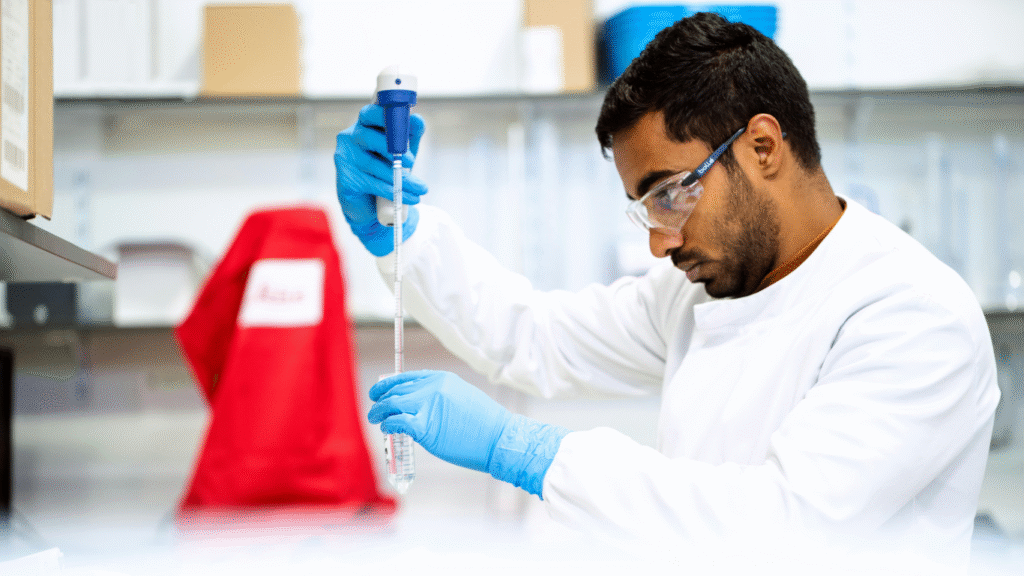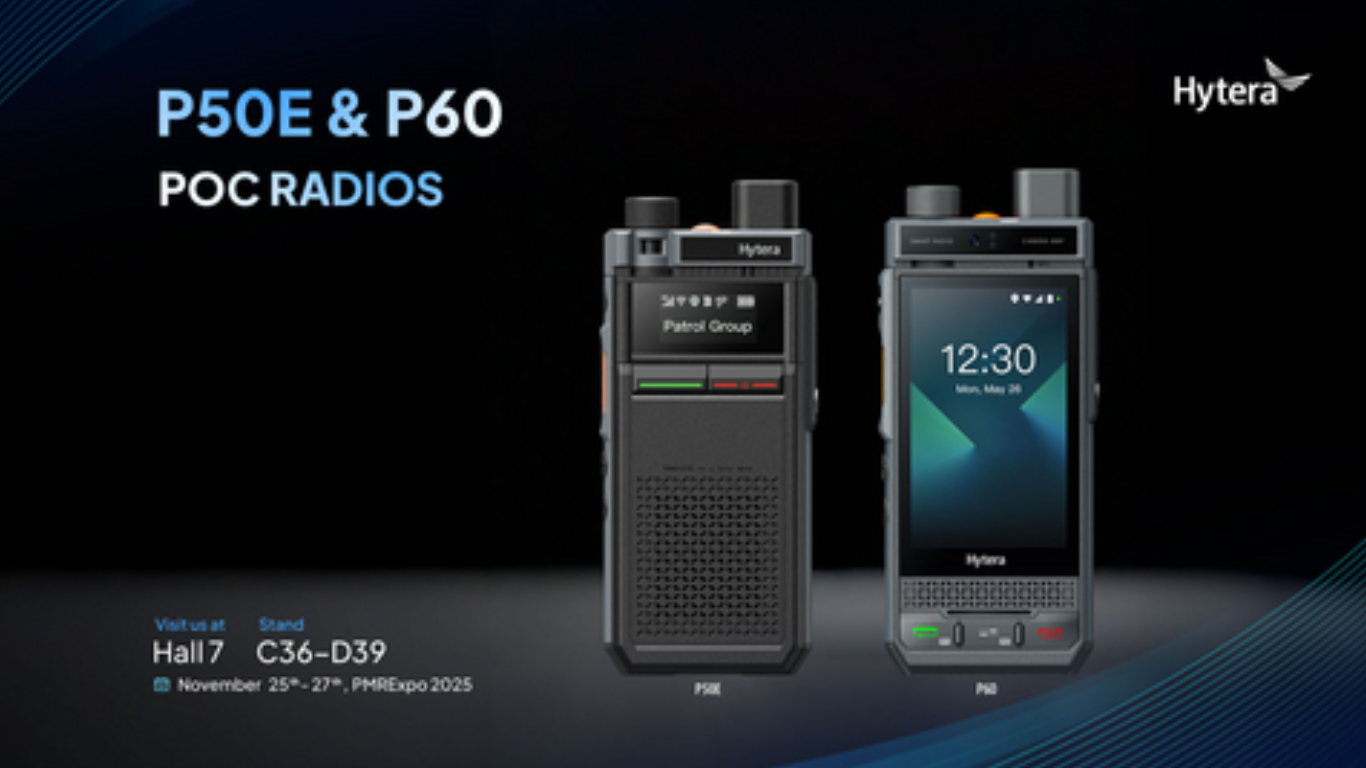Modern life science research thrives on accuracy, efficiency, and innovation. Whether in academic institutions, pharmaceutical companies, or biotechnology labs, scientists depend on advanced instruments to generate reliable data. As research grows more complex, the demand for high-performance tools has increased, driving a shift toward instruments that offer precision, versatility, and scalability. These technologies enable breakthroughs in fields such as molecular biology, drug discovery, and clinical diagnostics, turning complex questions into measurable insights.
Choosing the Right Instrumentation Partners
Selecting dependable technology is crucial for advancing research. Laboratories rely on instruments that deliver consistent performance across various experimental conditions.
Working with trusted providers ensures that equipment meets rigorous standards for accuracy, sensitivity, and reproducibility. Companies like BMG Labtech or another leading global manufacturer of innovative, high-quality, and reliable microplate reader instrumentation provide solutions that support a wide range of applications, from basic ELISA assays to high-throughput screening. Collaborating with reputable manufacturers guarantees technical excellence and ensures access to robust customer support, software integration, and regular updates.
This partnership is vital for maintaining instrument reliability over time, minimizing downtime, and supporting evolving research needs.
Expanding Applications Through Multi-Mode Readers
Modern research often involves diverse assay types, and multi-mode microplate readers have become indispensable for accommodating this variety. These instruments support multiple detection modes, such as absorbance, fluorescence, and luminescence, within a single platform, eliminating the need for multiple devices. This versatility allows researchers to conduct different experiments efficiently while maintaining consistent data quality.
For example, a single reader can be used for enzyme kinetics in the morning and cell-based fluorescence assays in the afternoon. This flexibility maximizes lab resources and accelerates workflows, making it possible to explore new experimental designs without significant logistical changes.
Achieving High Sensitivity and Reproducibility
Precision is critical in life science research, where even small measurement errors can affect experimental outcomes. High-quality microplate readers offer sensitive detection capabilities that enable accurate quantification of low-abundance targets. Advanced optical systems, specialized filters, and carefully designed calibration processes ensure that results remain reliable across multiple runs.
Reproducibility is equally important. Instruments that maintain consistent performance reduce variability between experiments, allowing researchers to trust their data and build on previous findings. This reliability is particularly valuable in regulated industries like pharmaceuticals, where precise measurements support compliance with stringent standards.
Accelerating Workflows Through Automation
As research moves toward higher throughput and more complex studies, automation plays a key role in improving efficiency. Integrating microplate readers with robotic systems, liquid handlers, or automated incubators enables laboratories to run large numbers of assays with minimal manual intervention. This reduces human error, speeds up data collection, and allows scientists to focus on analysis and interpretation rather than repetitive tasks.
Automated workflows are beneficial in drug discovery and clinical testing, where time-sensitive results and large sample volumes are common. By reducing bottlenecks, automation helps labs meet demanding project timelines without compromising data quality.

Supporting Data-Driven Discovery
The sheer volume of data produced by modern life science experiments continues to grow at an unprecedented rate. From high-throughput screening to multi-omics studies, researchers now work with massive datasets that require structured systems to manage effectively. Without proper data handling, valuable insights can be lost, analysis can be delayed, and reproducibility can suffer. Robust data management tools have become just as essential as the instruments that generate the information.
Advanced instrumentation increasingly comes equipped with built-in software that enables real-time analysis, visualization, and automated reporting. These tools allow researchers to monitor experiments as they happen, apply quality control checks, and make immediate adjustments if anomalies arise. Features such as automated background subtraction, curve fitting, and normalization ensure that raw data is processed accurately, providing a solid foundation for downstream analysis.
Enabling Future Innovation
The pace of innovation in life sciences shows no signs of slowing down. As new research areas emerge, such as single-cell analysis, synthetic biology, and advanced therapeutics, instrumentation must evolve accordingly. Modular and upgradeable microplate readers offer a future-ready solution, allowing laboratories to adapt their capabilities without replacing entire systems.
By investing in flexible, high-performance instruments today, labs position themselves to tackle the challenges of tomorrow. Precision tools support current research goals and open doors to new scientific possibilities that drive progress across disciplines.
Modern research depends on instruments that combine precision, flexibility, and reliability. By partnering with trusted manufacturers, embracing multi-mode technologies, integrating automation, and supporting data-driven discovery, laboratories can unlock deeper insights and accelerate innovation. Strategic investment in precision instrumentation empowers scientists to push the boundaries of what’s possible, transforming ambitious research ideas into tangible results.
Article received via email






























